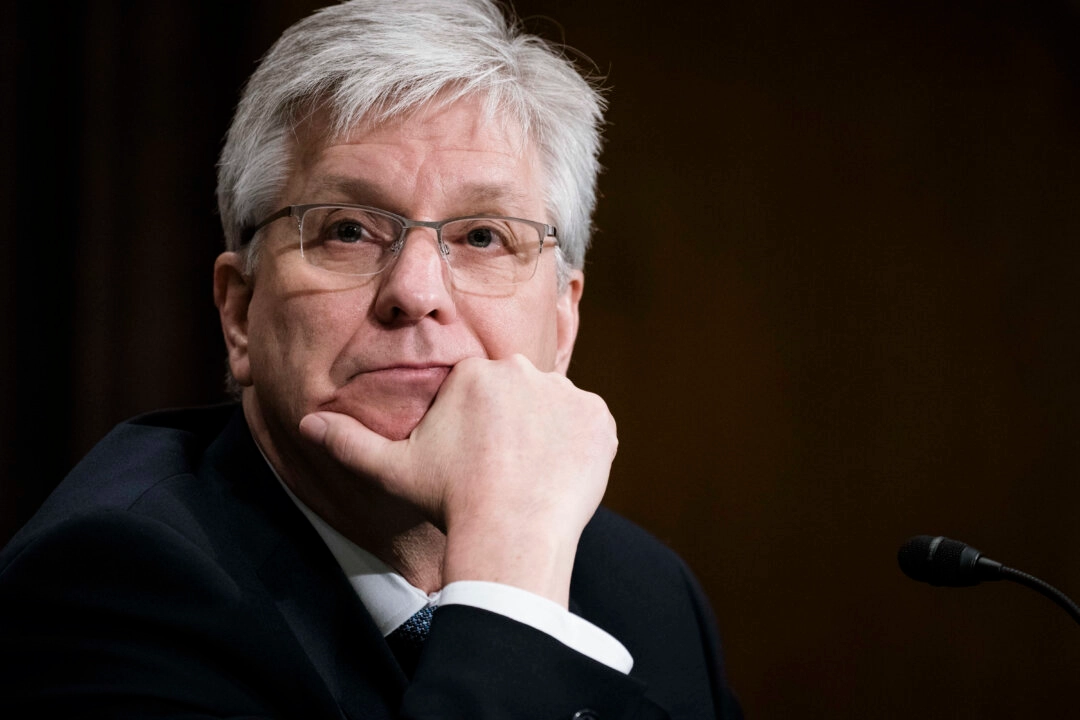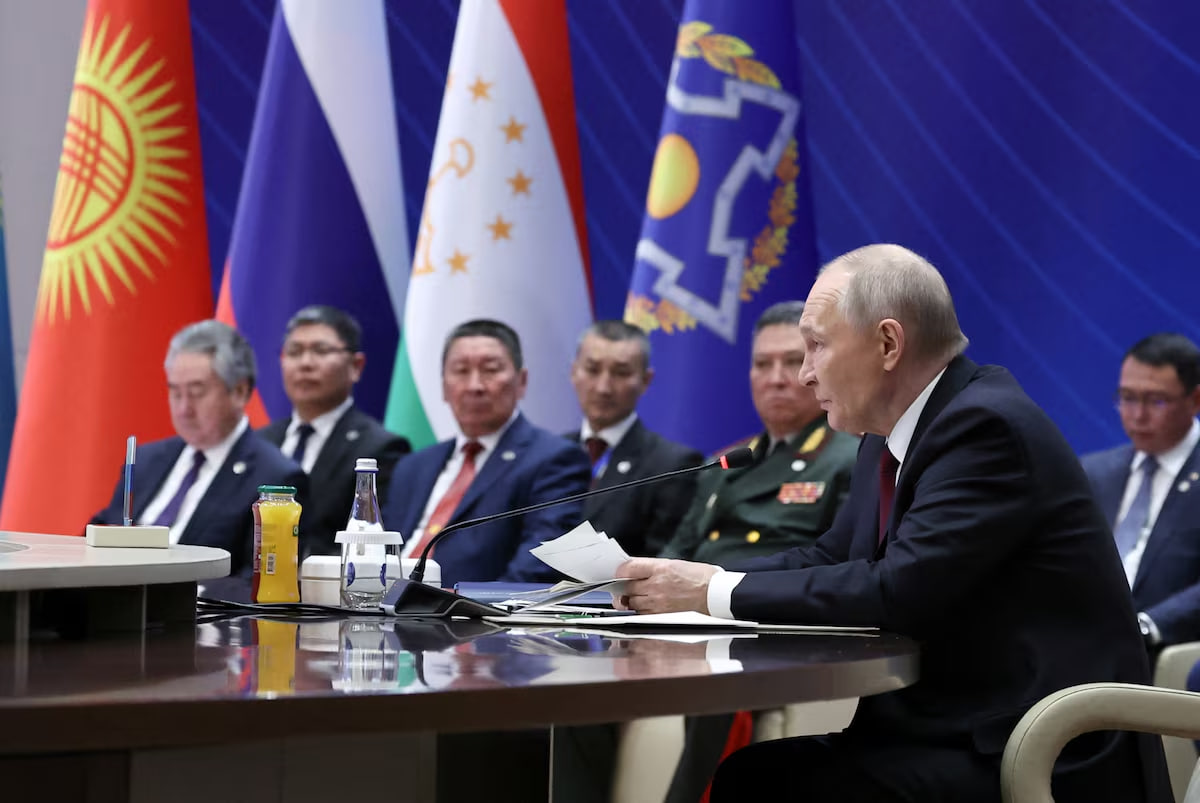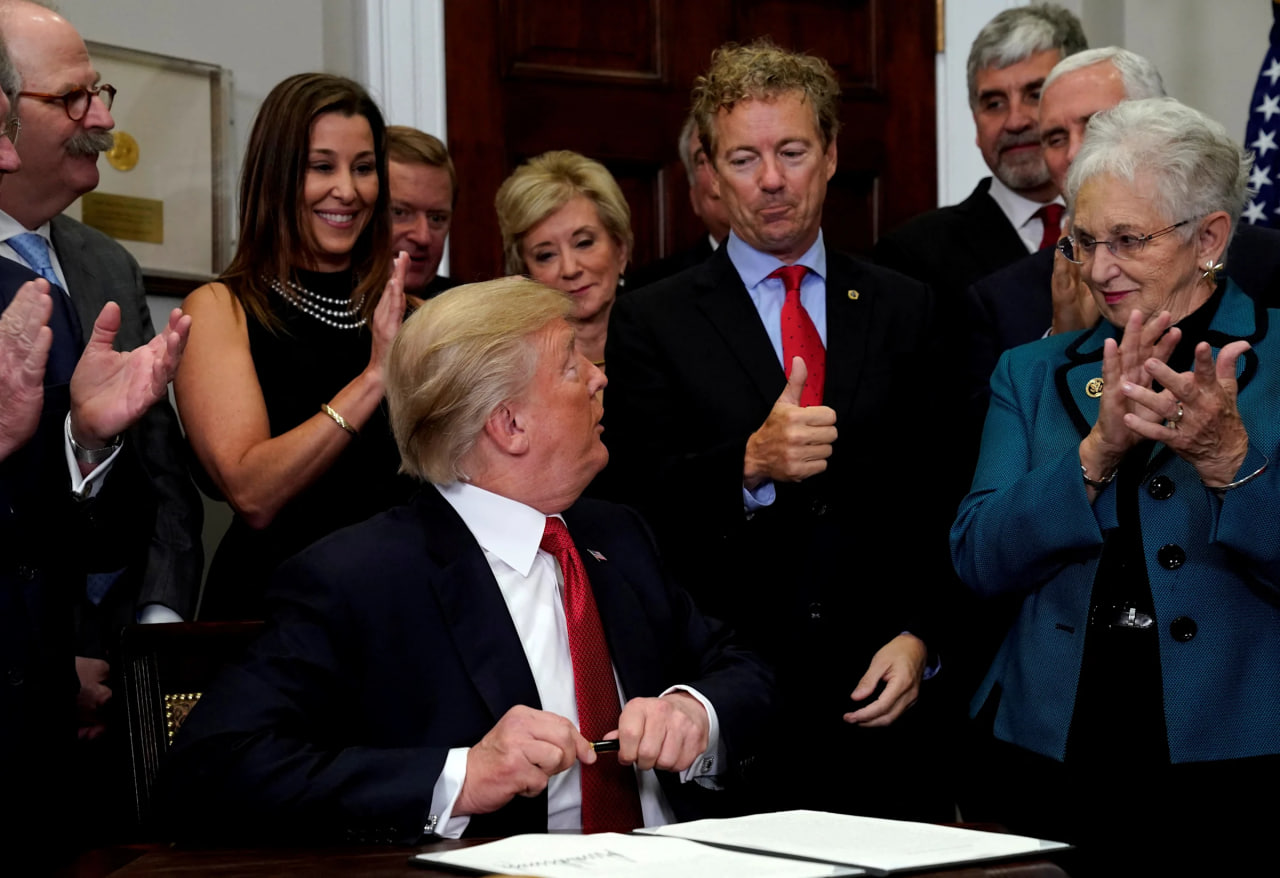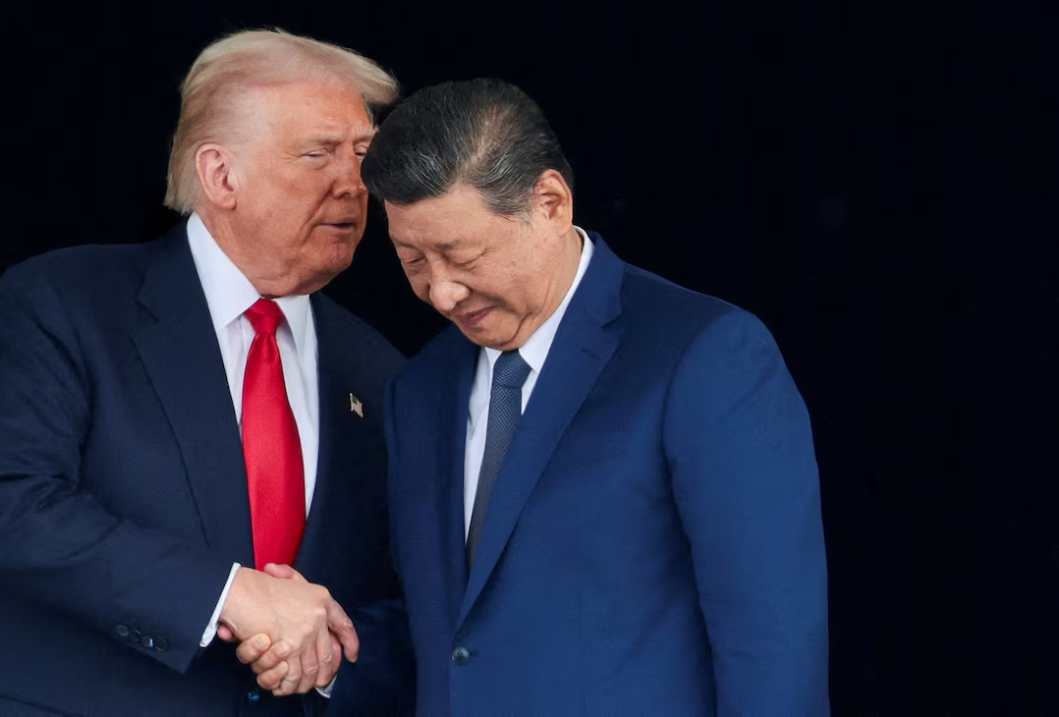Christopher Waller testifies before the Senate Banking, Housing, and Urban Affairs Committee during a hearing on his nomination to be member-designate on the Federal Reserve Board of Governors, in Washington, on Feb. 13, 2020.
Investors expect the next interest rate cut in September.
The Federal Reserve could cut interest rates “as early as July,” says Federal Reserve Gov. Christopher Waller.
But while the Federal Reserve has signaled a wait-and-see stance, Waller believes the Fed can act at the next Federal Open Market Committee meeting.
“I think we’re in the position that we could do this as early as July,” Waller said.
Waller argued that any tariff inflation will likely be limited and that the monetary authorities should look through and assess the underlying trend of inflation.
“Right now, the data from the last few months has been showing that trend inflation is looking pretty good, even on a 12-month basis,” Waller said. “So I’ve labeled these good news rate cuts, when if inflation comes down to target, we can actually bring rates down.”
In May, the headline annual inflation rate came in at a lower-than-expected rate of 2.4 percent. Additionally, other inflation metrics, such as the producer price index and import prices, were little changed last month.
In addition to inflation, Waller says, GDP growth and the unemployment rate are running near the Federal Reserve’s long-run target.
“I think we’re in that position that we could do this as early as July,” he said. “That would be my view, whether the committee would go along with it or not.”
However, while he would not support rapidly cutting interest rates—the president has demanded 1 percent worth of rate cuts—he does not want to keep waiting until there is a crash in the broader economy.
“We’ve been on pause for six months to wait see, and so far, the data has been fine,” Waller said.
Last month, the U.S. economy added a better-than-expected 139,000 new jobs, and the jobless rate held steady at 4.2 percent.
Policy Outlook
At the end of the two-day policy meeting, the institution released updates to the Summary of Economic Projections. This quarterly survey examines policymakers’ expectations for policy and the economy.
The “dot-plot” consensus is that the Fed will implement two quarter-point rate cuts this year. However, seven of the 19 meeting participants expect zero interest rate reductions.
Because economic activity remains robust and the labor market is intact, monetary policymakers can wait to restart the easing cycle, he indicated.
“For the time being, we are well-positioned to wait to learn more about the likely course of the economy before considering any adjustments to our policies,” Powell said.
“America’s economy has been resilient. Part of that is our stance. We think we’re in a good place on that to respond to significant economic developments. That’s what matters.”
Others have shared Powell’s view that the Federal Reserve can afford to be patient.
“I continue to believe the best approach for monetary policy is patience,” Atlanta Federal Reserve President Raphael Bostic said in a June 3 essay. “As the economy remains broadly healthy, we have space to wait and see how the heightened uncertainty affects employment and prices.”
But a chorus of market analysts has disagreed with the Fed’s wait-and-see approach.
“I disagree with the level of precision that the Fed and other central banks think they can guide markets; it’s like leading a butterfly with a hurricane,” Christian Hoffmann, the head of fixed income at Thornburg Investment Management, said in a note emailed to The Epoch Times.
“Also, if jacking rates by 500 basis points didn’t throw the economy into chaos, then 100 or 200 basis points in cuts may not rescue the economy either.”
The next two-day FOMC meeting is on July 29 and 30.







